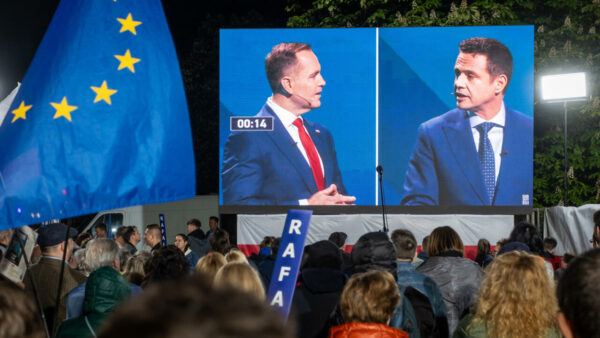The upcoming Polish presidential election is shaping up to be a highly contested race, marking a significant political moment after a decade of Andrzej Duda’s presidency. Here’s a breakdown of the key factors and figures:
Key Points:
- Political Context:
- The election follows the 2023 parliamentary elections where the pro-European Donald Tusk and his Civic Coalition (KO) ousted the nationalist Law and Justice (PiS) party.
- However, President Duda, aligned with PiS, has often clashed with Tusk’s government, creating political tension.
- Leading Candidates:
- The race is largely seen as a three-way contest:
- Rafał Trzaskowski (KO): The Mayor of Warsaw, a pro-European figure, and the current front-runner in polls.
- Karol Nawrocki (PiS): Backed by the Law and Justice party, representing the nationalist-conservative side.
- Sławomir Mentzen (Confederation): A far-right candidate who has gained popularity, particularly among younger voters.
- The race is largely seen as a three-way contest:
- Key Issues:
- The election is seen as a referendum on the Tusk government’s performance.
- Key issues include:
- The rule of law.
- Social and economic policies.
- National security, particularly in light of the war in Ukraine.
- social issues, such as LGBTQ+ rights, and abortion rights.
- Electoral Dynamics:
- Polls indicate a likely second-round run-off between Trzaskowski and Nawrocki.
- The influence of Mentzen’s supporters could be crucial in the second round.
- The president of poland has the power to veto government bills, making this election very important for the current ruling coalition.

The Significance:
- The election’s outcome will significantly impact Poland’s political direction and its relationship with the European Union.
- It represents a crucial test for the Tusk government and the future of Poland’s political landscape.
The election is being closely watched, both within Poland and internationally, as it could reshape the country’s political future.
